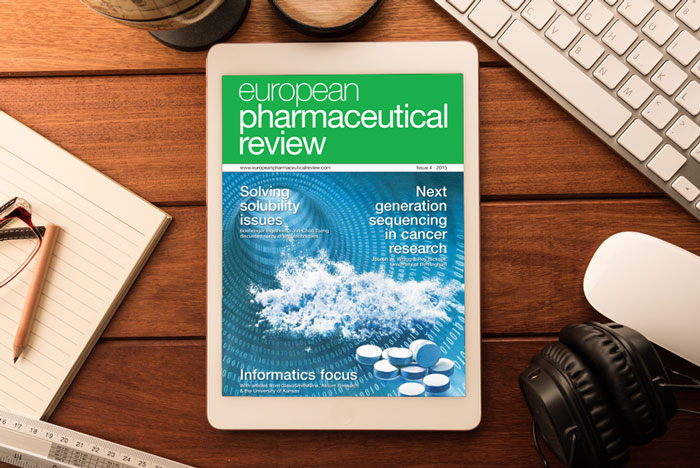Uncovering new frontiers in microbiology and EM
In this Q&A, Laure Pomares Voisin, Quality Director, Catalent Biologics and Tony Cundell Principal Consultant, Microbiological Consulting, LLC discuss some of the key microbiology and environmental monitoring challenges and trends in pharmaceutical manufacturing today.
































